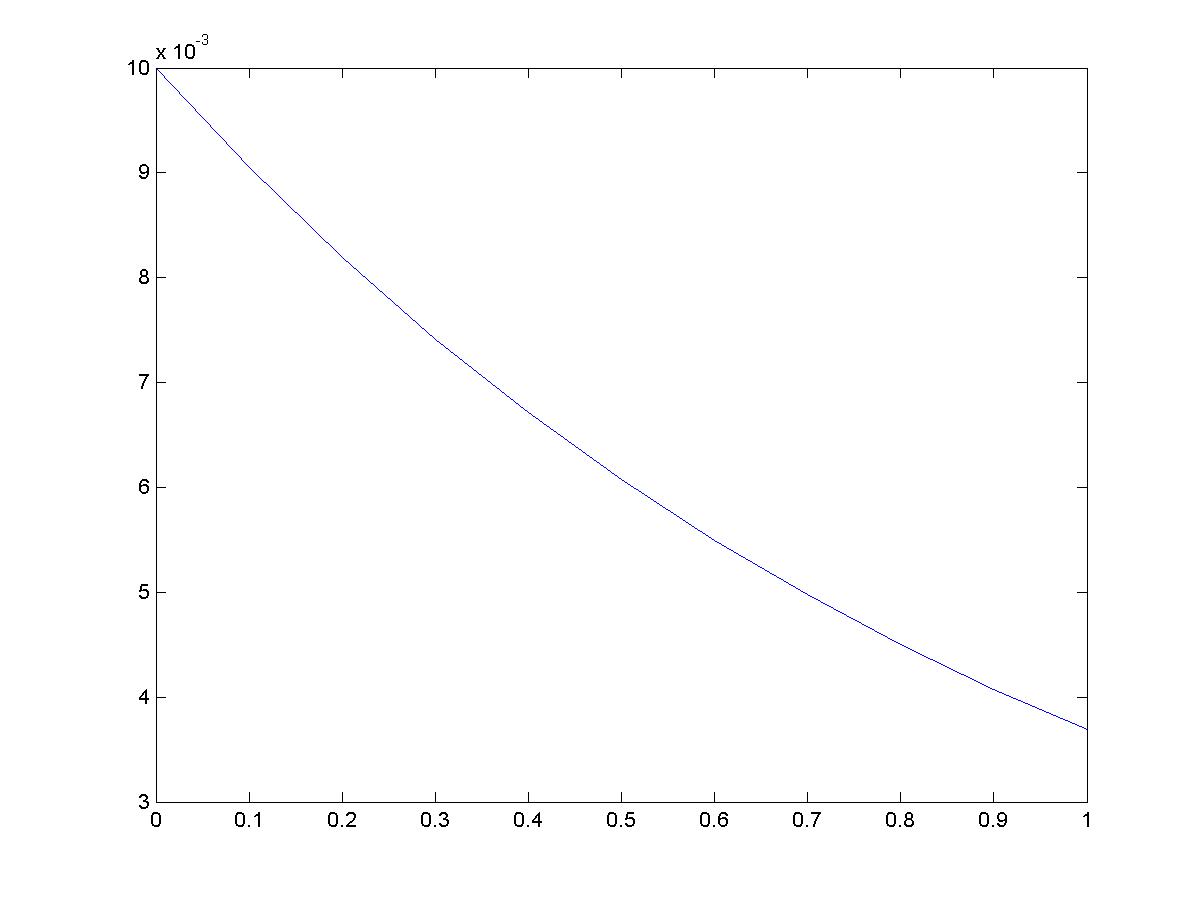ha_jurgen
Newbie level 3
Hi.
In our school project we have get this parts:
- Capasitor (10uF ~ 400V) - as the input
- Light bulb - as the output
Capasitor will be fully charged and when you press the switch, capasitor should discharge himself -- "thru some electronics and transformer or coil " -- end this should light the bulb.
Project goal is:
Light a bulb for longest possible time ( till the capasitor fully discharge himself ).
Dumb questions:
- how should i connect this input and output and what should i use between ?
- how long can i light a bulb with this voltage ?
- can someone help me with some basic schematics becuse i have no idea what to use and how to connect (triac , something like tesla coil, normal transformer ? ).
Greetings !
In our school project we have get this parts:
- Capasitor (10uF ~ 400V) - as the input
- Light bulb - as the output
Capasitor will be fully charged and when you press the switch, capasitor should discharge himself -- "thru some electronics and transformer or coil " -- end this should light the bulb.
Project goal is:
Light a bulb for longest possible time ( till the capasitor fully discharge himself ).
Dumb questions:
- how should i connect this input and output and what should i use between ?
- how long can i light a bulb with this voltage ?
- can someone help me with some basic schematics becuse i have no idea what to use and how to connect (triac , something like tesla coil, normal transformer ? ).
Greetings !
